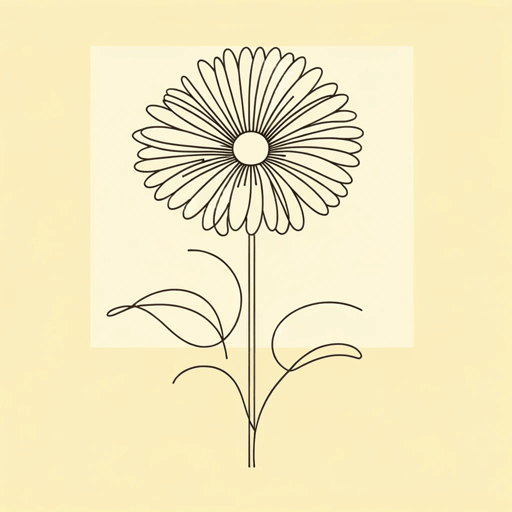22 pages • 44 minutes read
Mary OliverOxygen
Fiction | Poem | Adult | Published in 2005A modern alternative to SparkNotes and CliffsNotes, SuperSummary offers high-quality Study Guides with detailed chapter summaries and analysis of major themes, characters, and more.
Background
LGBTQ+ American Poetry
While not as explicit about being a lesbian as her peers, Mary Oliver still drew from and contributed to the LGBTQ+ American poetic tradition.
Scholars have given the LGBTQ+ American poetic tradition multiple names, such as gay poetry and queer poetics, and even more definitions. Some state it as any poem written by LGBTQ+ authors.
In this case, Oliver’s most apparent connections to the tradition are her influences. She cited Walt Whitman and Edna St. Vincent Millay as early inspirations for her work. Both Whitman and Millay had romantic relationships with people of the same gender and expressed same-sex desire in their work. Oliver spent time living at Millay’s home and organizing her papers.
Others define gay poetry as a specific subversive aesthetic that anyone of any identity can write. However, another group views it as more elusive and fluid. Despite these contradictions, many definitions share the vital detail that the author’s experiences as a queer individual influence their worldview, relationships, and self.
“Queerness isn’t just about queer sex: it is a fundamentally individual way of looking at the world,” writes memoirist Jeanna Kadlec. “To queer is to break down—to destroy—the structures that would limit or bar or imprison us, and to rethink or even replace them” (See: Further Reading & Resources).
Related Titles
By Mary Oliver




